A true riches to rags story is being told in the National Gallery at the moment, with a large exhibition about an Italian, Giovanni di Pietro di Bernardone, who gave his wealth away to live a life of poverty. He’s rather better known though as Saint Francis of Assisi.
Not only is the exhibition substantial in what it has pulled together, but it’s also totally free to visit, which seems apt for a display about a man who rejected the trappings of wealth.
Not that his followers were quite so minded, with one of the objects in the exhibition being a gold covered reliquary box containing one of the saint’s robes — or we are told it’s one of the saint’s robes. Checking the provenance of a holy relic was often overlooked in the past.
From his native Umbria, Saint Francis’s image spread rapidly to become a global phenomenon. From the earliest written biographies by Thomas of Celano and Saint Bonaventure (13th century) and the first painted altarpieces and murals, Francis’s life became both an example worthy of imitation and a continuous source of artistic fascination.
As a result, there’s a lot of art for the curators to have chosen from, for outside of Bible saints, Saint Francis is the most widely painted saint of all, and this exhibition weaves between medieval paintings right up to some very modern representations.
The exhibition actually opens with two contrasting artworks — a modern statue by Antony Gormley standing in front of St Francis in meditation. The striking portrait looks more like a long suffering monk than the, at times, more cuddly images that are to follow. No that’s not a vase he’s holding, it’s a skull. When the painting was purchased by the National Gallery in 1853 (for £265), there was consternation as the “repulsive” picture was considered to be too Catholic to be included in the national collection of a Protestant country.
The rest of the exhibition is lighter in nature, filling several rooms with a heady mix that tells the life story and death of the future saint, at times with huge bold colourful paintings and then you turn to face a small delicate drawing.
A side room gets more overtly religious, with a number of church altar paintings on display, including a nearly 800 year old panel that shows scenes both from his life, and his posthumous miracles. It’s a stunning piece displayed on its own on a wall that expands the shape of the panel and glows in the dimly lit room.
A gilt-painted panel from the actual Assisi itself glows ethereally in the room, and it was the one that I saw some visiting nuns spending the most time looking at.
Elsewhere, fragments of documents include one of the only two documents known to carry Francis’s signature. A chronicle of world history, compiled in around 1240 at St Albans shows not just medieval cartoons, but as a topic was rather impressive for a time when most of the world was unknown to the English monk writing the book.
A nice touch in the exhibition is that the small items in the documents you are told to look for are also represented enlarged on the wall, so it’s much easier to see if you struggle to peer at the documents themselves. A note to other museums and galleries please.
Rather more curious is the Marvel comic book about St Francis. Not quite the sort of superhero you expect from Marvel, but I did like the subtitle “Brother of the Universe”, which is very He Man in its style.
A painting of St Francis receiving the Stigmata by El Greco has such a modern clean appearance that looks like it could have been painted in the 1950s, but was probably painted in the 1590s.
To signify that in our increasingly secular world, St Francis is still a muse for modern artists though, and the exhibition concludes with a number of modern interpretations. While they have their place, somehow, the seemed pale echoes of the rooms before.
So significant is the exhibition that Jorge Bergoglio sent a message welcoming the display. Of course, Bergoglio is better known as Pope Francis, who took his Papal name from the saint, and was the first Pope to do so.
It’s a large and quite exciting exhibition, and considering that you don’t have to pay to visit, maybe it could have been called St Francis of Freebie.
The exhibition, more correctly called Saint Francis of Assisi is at the National Gallery until the end of July. It’s free to visit, and you can find it on the ground floor, next to the cafe.
You don’t need to book tickets, but they recommend you book one as you can skip the long queue to get in.
There’s also an exhibition catalogue in the shop.

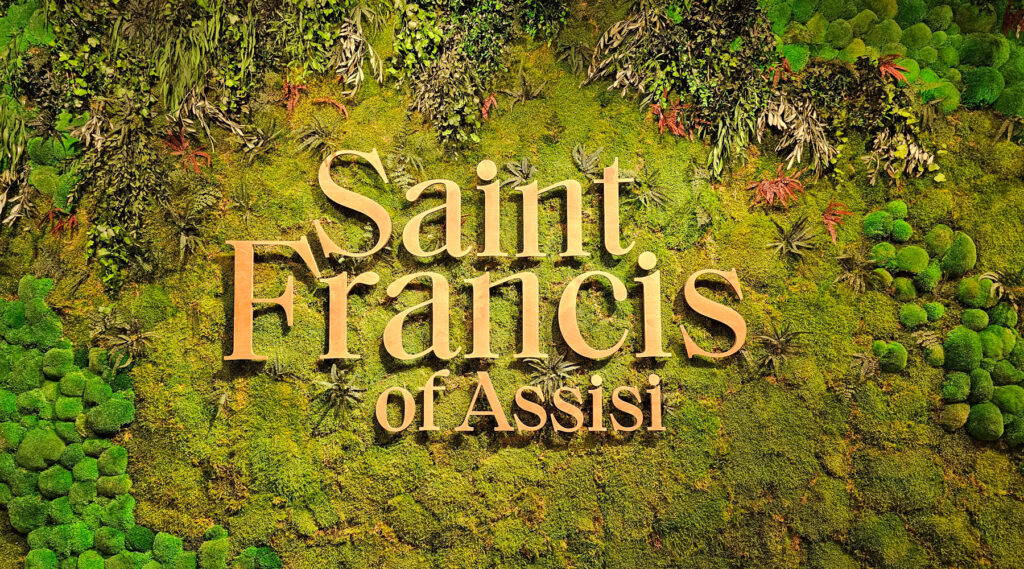
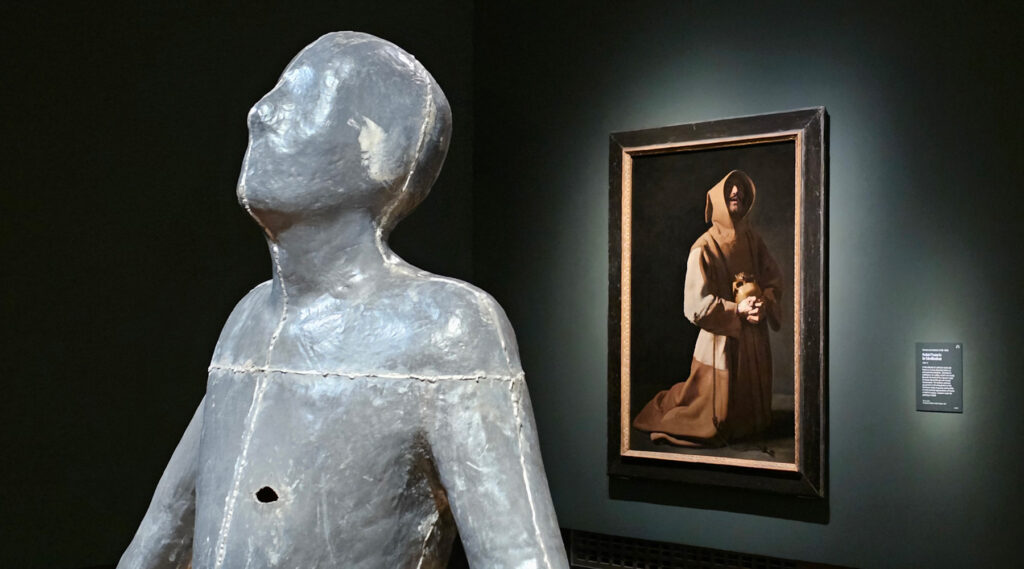
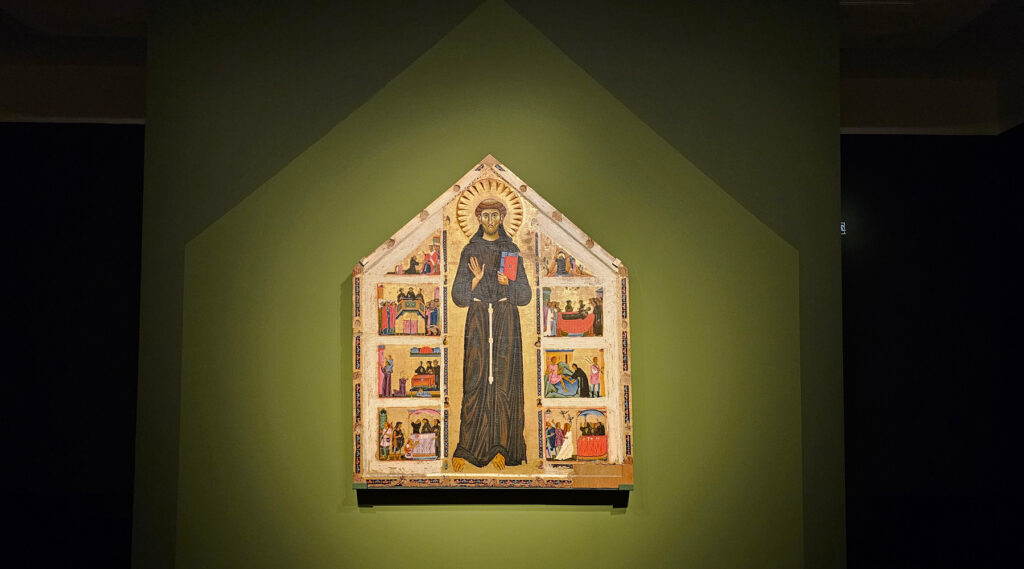
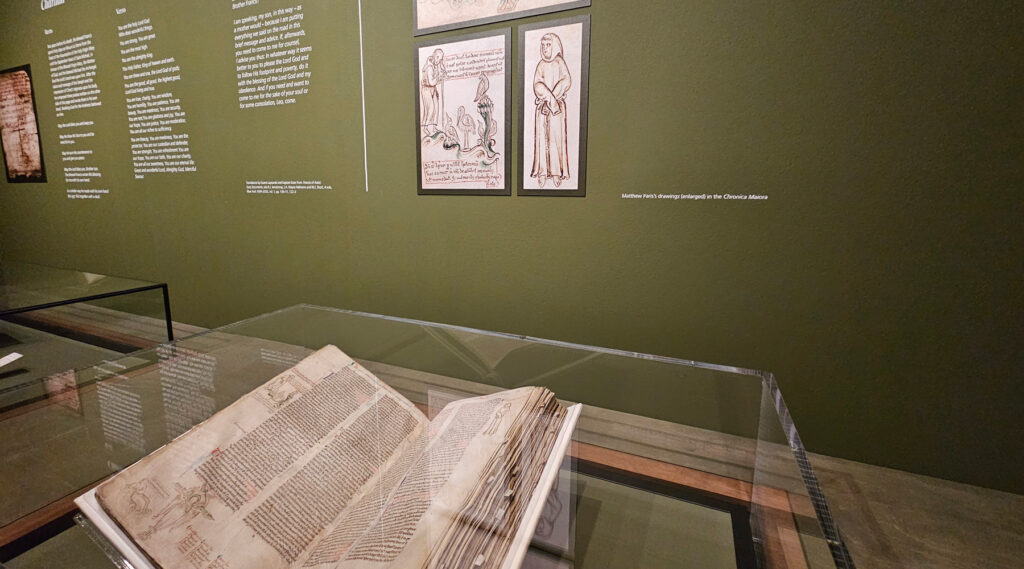
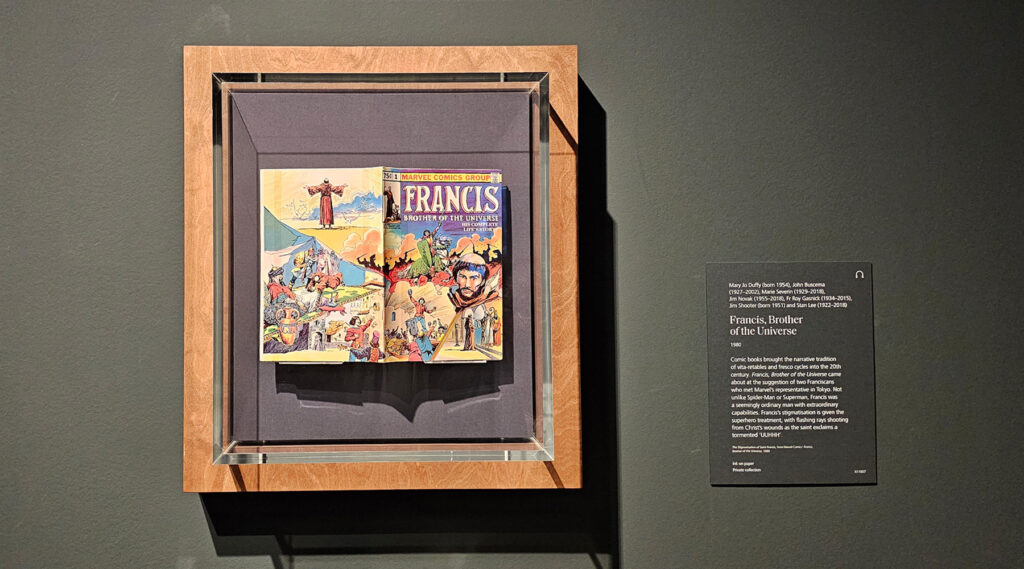
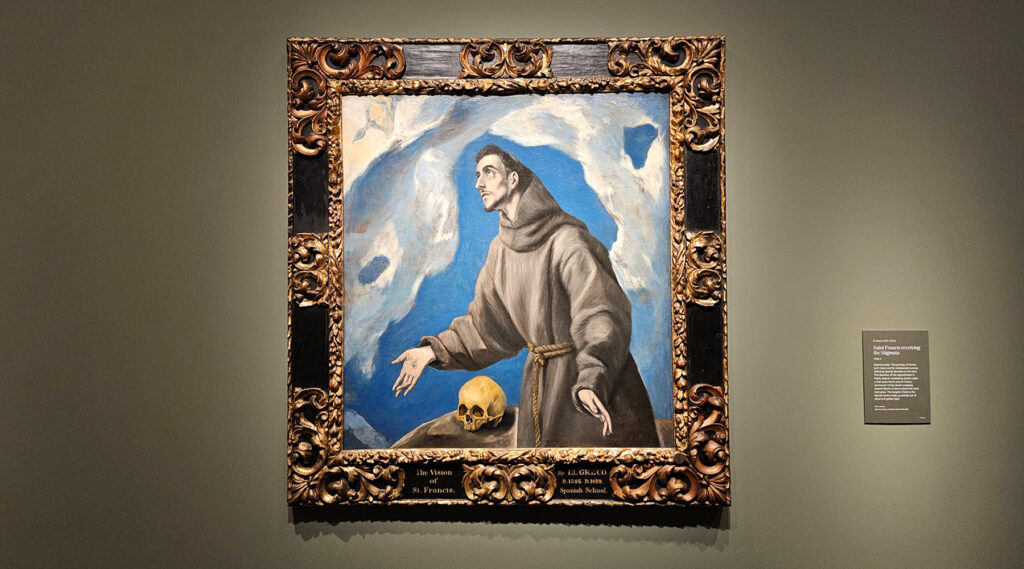






Leave a Reply